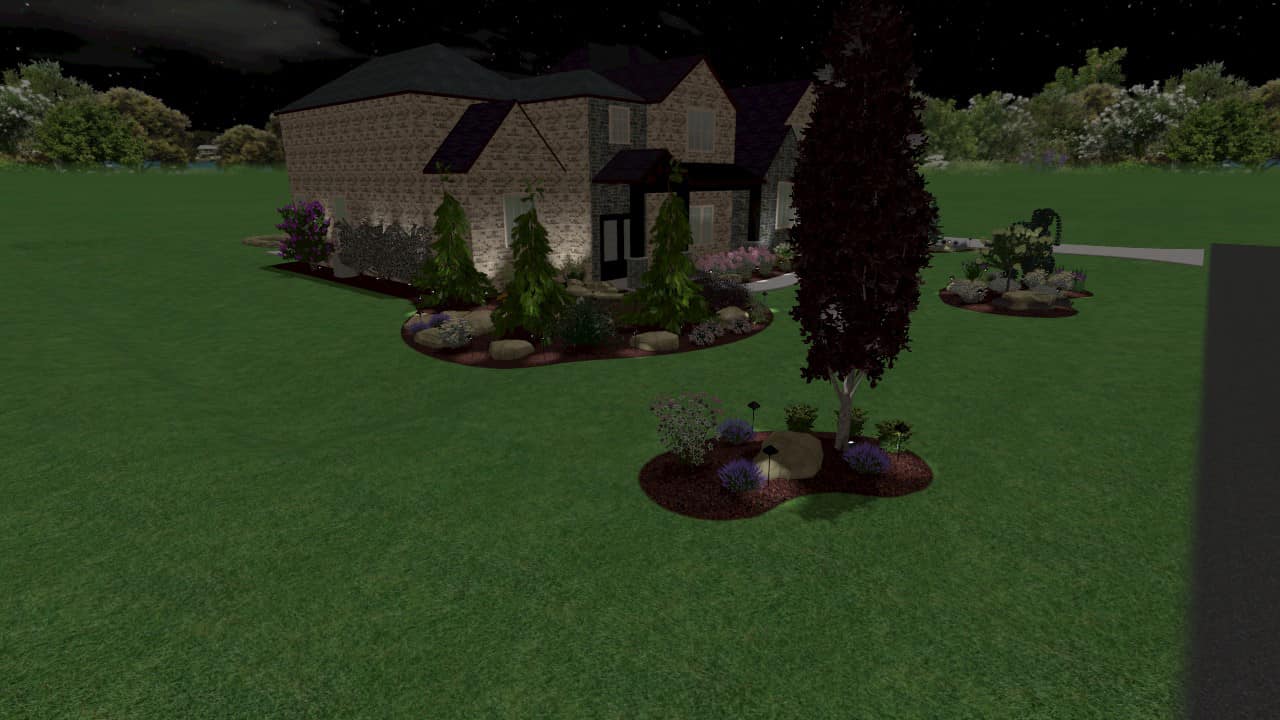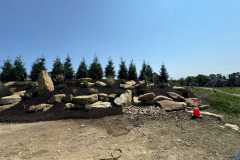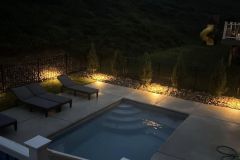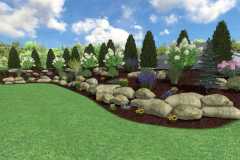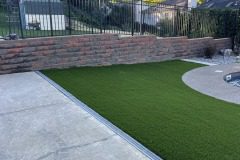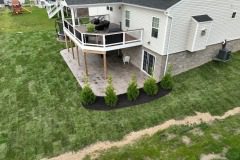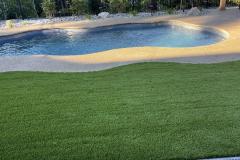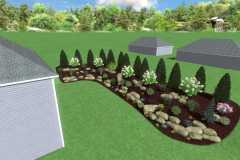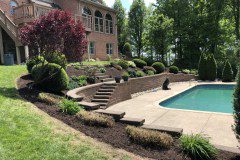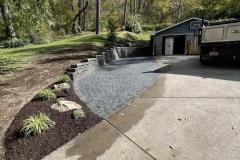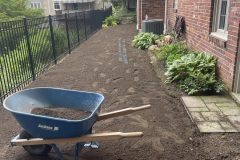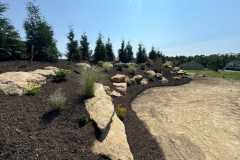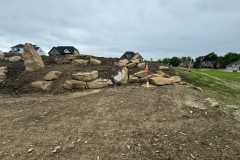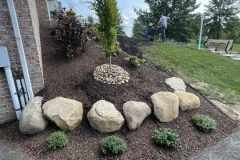Landscape design is an art form that combines nature and culture to create beautiful and functional outdoor spaces. Whether you’re designing a small backyard or a sprawling park, there are fundamental principles that guide the process. In this guide, we’ll explore the eight principles of landscape design, tailored specifically for the unique environment of Pittsburgh. Let’s get started!
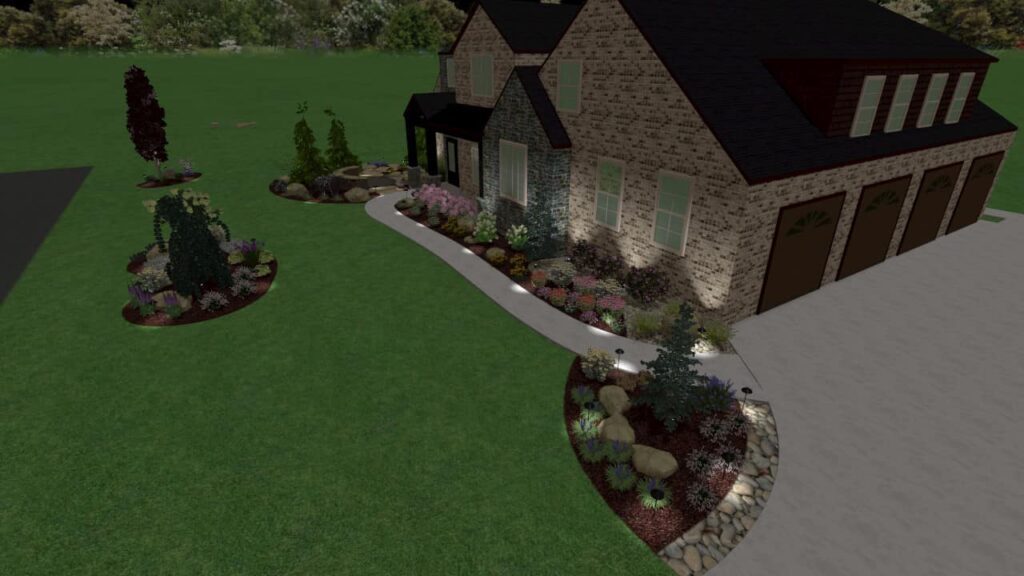
1. Unity: Creating Harmony in Your Outdoor Space
Unity in landscape design refers to the sense of harmony and consistency in your outdoor space. It’s about ensuring that all elements of your design work together to create a cohesive look and feel. This can be achieved through the repetition of certain elements, like plants or materials, and by maintaining a consistent style or theme throughout your design.
2. Balance: Achieving Equilibrium in Your Landscape
Balance is all about creating a sense of stability and equilibrium in your landscape. This can be achieved through symmetrical (mirror image) or asymmetrical (different but equally weighted) designs. For example, you might plant two identical trees on either side of your front walkway for a symmetrical design, or balance a large tree on one side with a group of smaller shrubs on the other for an asymmetrical design.
3. Line: Guiding the Eye Through Your Landscape
Lines in landscape design guide the viewer’s eye through the landscape and can create a sense of movement. This can be achieved through the arrangement of plants, the layout of paths and walkways, or the use of hardscape elements like walls and fences.
4. Contrast: Adding Interest and Variety to Your Landscape
Contrast adds interest and variety to your landscape by juxtaposing different elements. This could be achieved through the use of contrasting colors, textures, or shapes. For example, you might plant a bed of soft, feathery grasses next to a path of smooth, flat pavers.
5. Repetition: Creating a Sense of Cohesion and Harmony
Repetition involves the use of recurring elements to create a sense of cohesion and harmony in your landscape. This could be achieved through the repeated use of certain plants, colors, shapes, or materials. For example, you might plant a row of the same type of tree along your property line, or use the same type of stone throughout your hardscape.
6. Simplicity: Keeping Your Design Clear and Uncluttered
Simplicity in landscape design means keeping your design clear and uncluttered. This can be achieved by limiting the number of different plants, materials, and colors in your design, and by avoiding overly complex shapes and layouts. Remember, sometimes less is more!
7. Focalization: Drawing Attention to Key Points in Your Landscape
Focalization involves drawing attention to key points in your landscape. This could be a unique plant, a piece of garden art, a beautiful view, or a striking hardscape element. Whatever your focal point, make sure it’s something that stands out and captures interest.
8. Utilizing the Right Design Software: American Groundskeeping
The final principle is about utilizing the right tools for the job. In the digital age, landscape design software has become an essential tool for creating professional and accurate designs. American Groundskeeping offers state-of-the-art design software that can help you visualize your design, make changes easily, and ensure that your design is feasible and within budget.
In conclusion, these eight principles of landscape design provide a solid foundation for creating beautiful and functional outdoor spaces. By understanding and applying these principles, you can transform your outdoor space into a beautiful, inviting, and sustainable landscape that enhances your quality of life and adds value to your property. So why wait!
#OakdalePA #McDonaldPA #BridgevillePA #MountLebanonPA #SouthFayettePA #UpperSaintClairPA #CanonsburgPA #PetersTownshipPA #CecilTownshipPA #CecilPA #RobinsonTownshipPA

